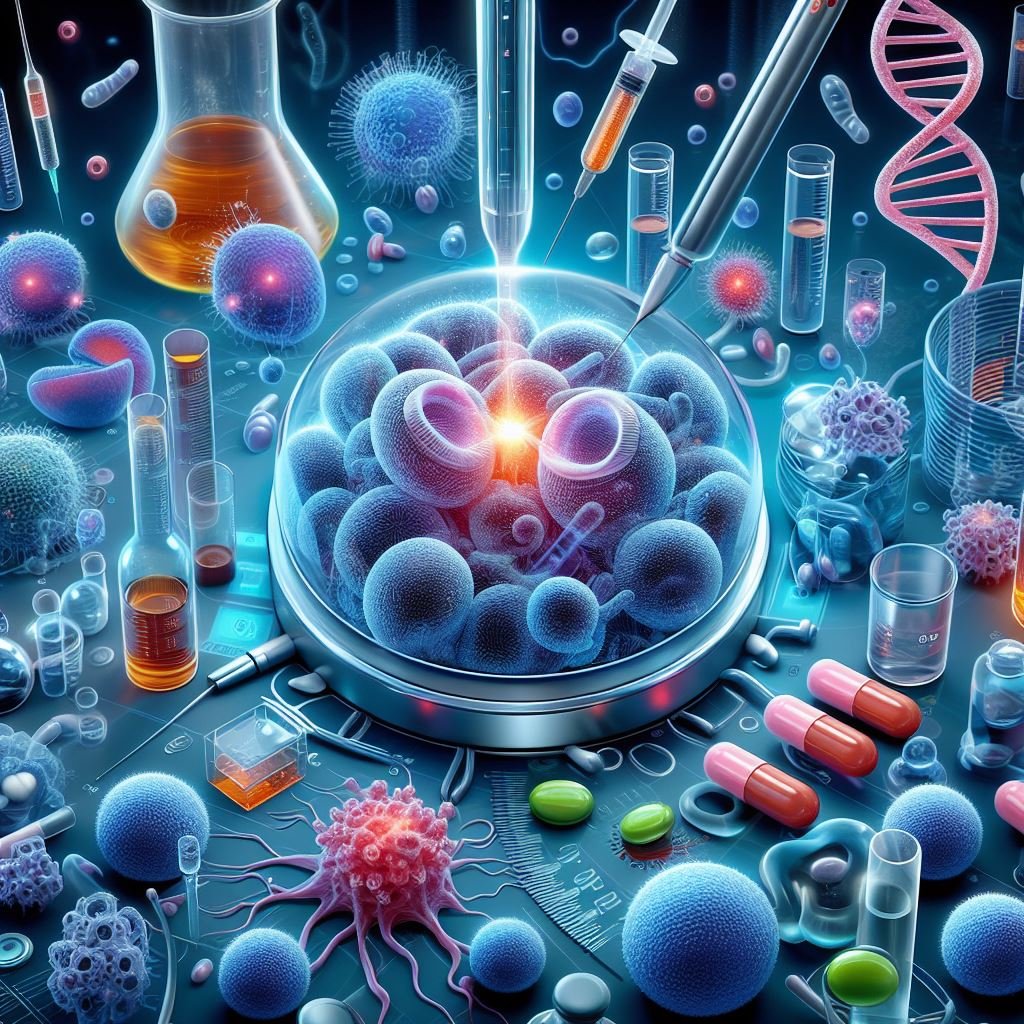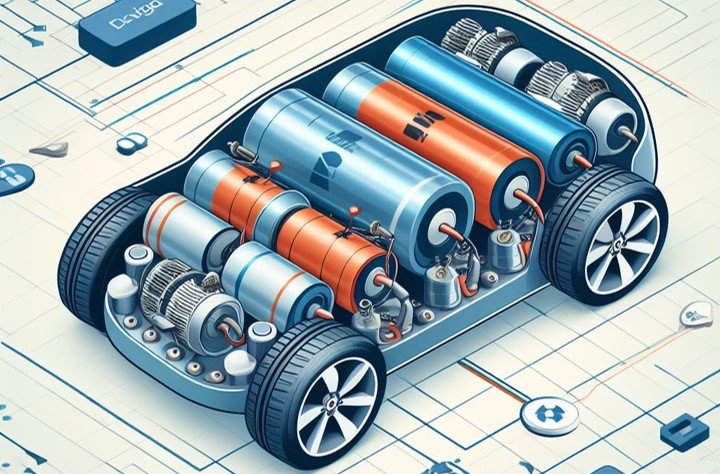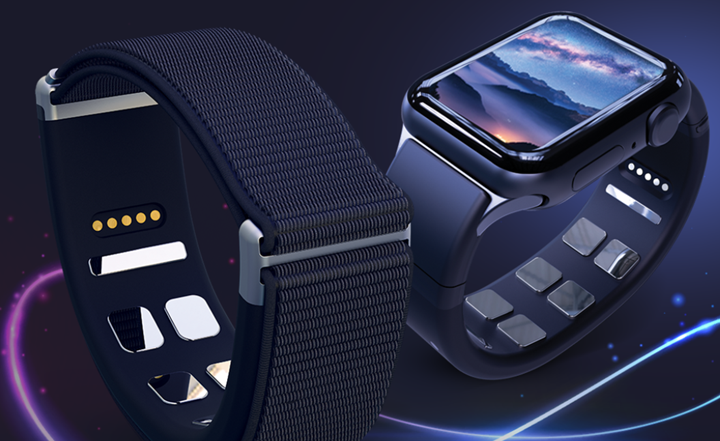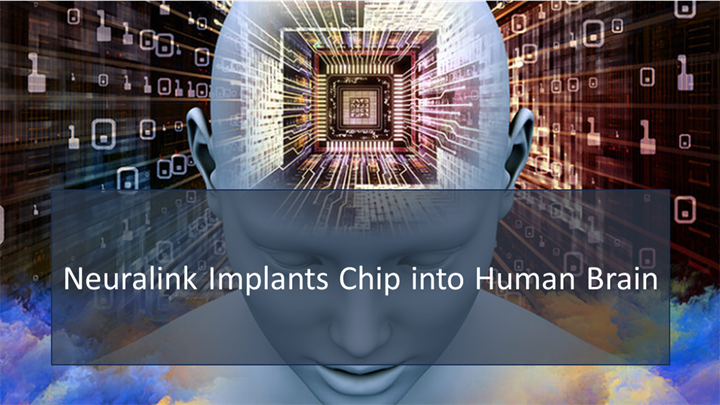FUJIFILM Cellular Dynamics is a global leader in developing and manufacturing human induced pluripotent stem cells (iPSC). The Applications Team at FUJIFILM Cellular Dynamics focuses on stem cell culture and differentiations to create unique, specialized cell types.
What is iPSC Technology?
In late 2007, a BSCRC team of faculty, Drs. Kathrin Plath, William Lowry, Amander Clark, and April Pyle were among the first to create human iPSC. Post that, there has been significant research in this space. Induced pluripotent stem cells (iPSC) are derived from skin or blood cells that have been reprogrammed back into an embryonic-like pluripotent state that enables the development of an unlimited source of any human cell needed for therapeutic purposes. For example, iPSC can be prodded into becoming beta islet cells to treat diabetes, blood cells to create new blood free of cancer cells for a leukemia patient or neurons to treat neurological disorders.
There has been considerable research in evaluating its applicability for the regenerative medicine. The first clinical study using human iPSC-derived cells was initiated in 2014, which used human iPSC-derived retinal pigment epithelial (RPE) cells to treat macular degeneration.
Human embryonic stem cells (ESCs) and human induced pluripotent stem cells (iPSCs) have been used for modeling human genetic diseases. ESCs were initially developed, but human iPSCs have become the preferred option due to their availability and lack of ethical concerns. Both types of cells express human pluripotent factors and ESC surface markers, and have the potential to differentiate into three germ layers. Disease modeling using human iPSCs starts by deriving iPSCs containing the disease-causing mutation(s) and differentiation into disease-relevant cell types. These cells are used to reveal disease etiology and identify pathological mechanisms. However, iPSCs have exhibited line-to-line variations, complicating data interpretation. Despite this, similar phenotypes have been reported in disease modeling using human ESCs and iPSCs in most cases, validating the effectiveness of patient-derived iPSCs.

Source Research Paper: https://www.ncbi.nlm.nih.gov/pmc/articles/PMC6416143/
Key Projects Running On iPSC Technology
Three key projects in the field of induced pluripotent stem cell (iPSC) technology:
- Allele Biotechnology and Pharmaceuticals: They are developing a diabetes drug created from iPSC-derived pancreatic beta cells. This innovative approach aims to address diabetes by utilizing iPSCs to generate functional pancreatic cells.
- Aspen Neuroscience: This company combines stem cell biology and genomics to provide the world’s first autologous iPSC-derived neuron replacement therapy for Parkinson’s disease. Their groundbreaking work focuses on replacing damaged neurons with healthy ones derived from a patient’s own iPSCs.
- Avery Therapeutics and I Peace, Inc.: These organizations are collaborating to advance an iPSC-derived cell therapeutic for heart failure. I Peace supplies GMP-grade iPSCs, while Avery Therapeutics uses them to manufacture its MyCardia™ product. Their goal is to improve heart function through iPSC-based therapies.















+ There are no comments
Add yours